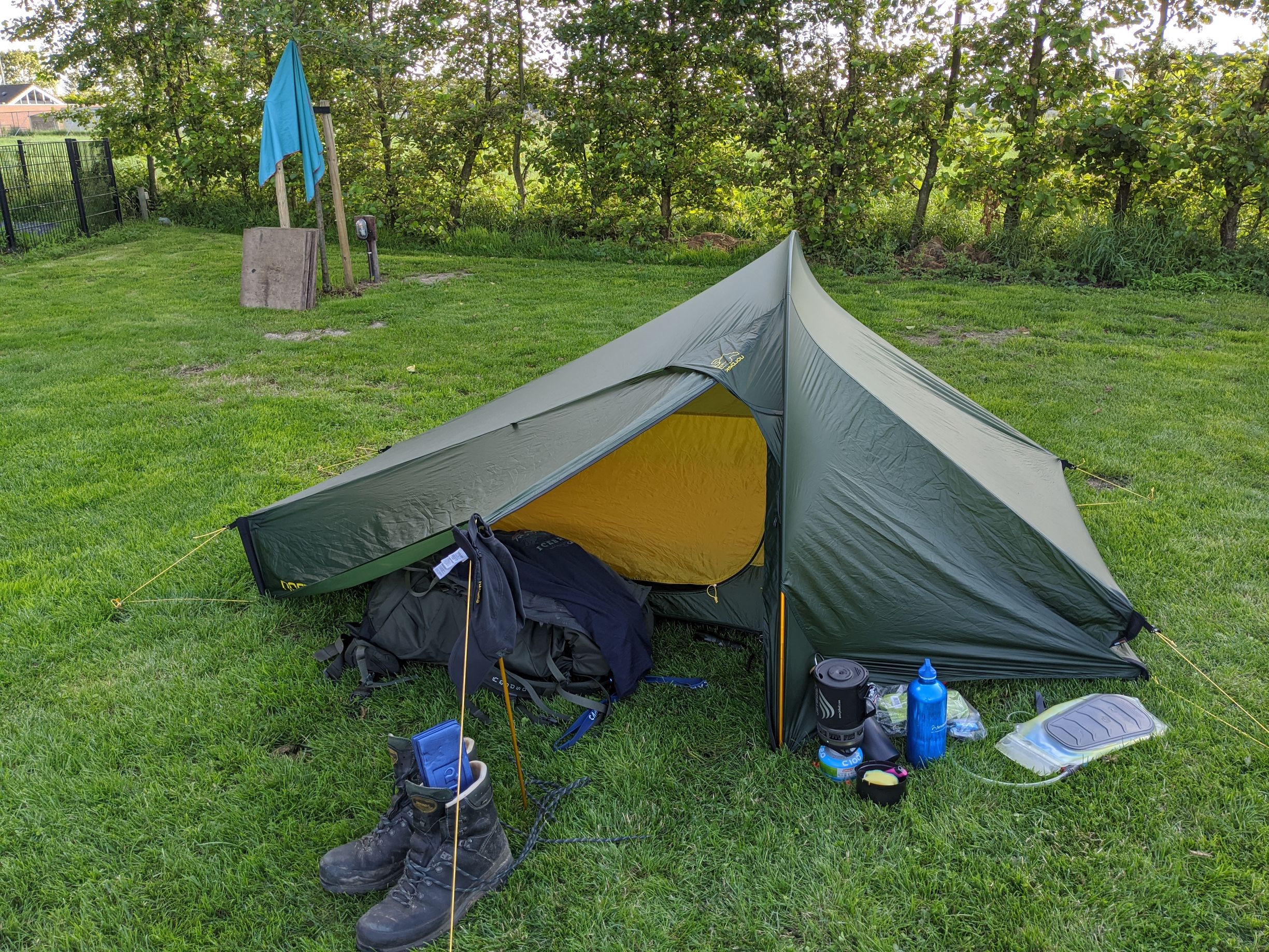Preparing Your Hike

Well begun is half done! What is the difference between a walk and a hike? There are many definitions, but for me, it is also that you prepare for a hike. When I walk, I leave home and go out for a walk. A hike is preparing, taking a rucksack with me, water, depending on the hiking equipment, food, more water, etc.
The big question is, what do you need on your hike? That depends very much on where you go, how many kilometers, where to sleep, where to eat, etc. I will share some of the things I often take with me. Things you might not think of or are easy to forget.
- Reading glasses. I am getting older (thank God!), but unfortunately, my eyes are also getting older. Therefore, it is important for me to take my reading glasses with me.
- I have an extra pair of shoelaces with me. What will you do when your shoelaces break and you are halfway through a 40-kilometer hike? You could tie the parts together, of course. However, as I want to make sure my boots are always in good shape and fit well, I have an extra pair of shoelaces with me.
- Tape. I always have some repair tape with me. A few years ago, my sleeping mattress was torn. As a result, I had to sleep a few nights on the ground, which was no fun. Therefore, I always have some repair tape with me to fix things. It can be Duct Tape or Tenacious Tape Repair Tape.
- Water filter/bottle. Depending on where you hike, getting water can become a challenge. Of course, make sure to take water with you, but every liter is one kilo extra! I take water with me, but I also always have a water Purifier/Filter bottle. This will allow me to filter water whenever I run out of it.
- Straps for your hands. I created these myself a long time ago, but I am very happy with them. I connect them to my straps, and during a hike, I can put my hands in them. This prevents swollen fingers during hikes. I am not sure if you can buy this as a set. You could attach a small luggage strap with a carabiner to your rucksack strap.
There are many blog posts or pages that have an overview of what to take with you when you are on a hike. Here are some good overviews:
- A guide for a day hike, with different lists for small hikes and long day hikes: https://www.rei.com/learn/expert-advice/day-hiking-checklist... with
- A guide for a multiday hike, the ten essentials: https://www.mountaineers.org/blog/what-are-the-ten-essential...
- Excellent overview of what to pack, with also some background information: https://www.cleverhiker.com/backpacking/ultimate-backpacking...
Another link I would like to share if you hike regularly, you probably know how important it is to hike light. The tool Lighterpack can help you to get an overview of your base weight. Here, you can see the gear I took on the Tamara hike.
How does this relate to your role as manager and leader?
I believe that as a leader, you are almost daily involved in change management. In the current world, keeping things as they are is often the worst thing you can do. You want to improve a process, a team, an organization, a way of working (WoW). etc. Also, when you look at the principles of many different models/frameworks/WoW, they all have something about continuous improvement.
The worst thing you can do when managing change is not to involve people in the change. People don't mind change. Look at how fast we adapted to using smartphones and how quickly we embraced AI in our way of working. People don't like to be changed! People want to be involved in the change.
When talking about change, you should also realize that it is hard to change people. As a leader, it is tough to change people; however, you can change the environment. When you change the environment, people often also have to adapt or will find it easier to adapt. This approach is based on Lewis's equation: B = f(P, E).
How will you communicate your change? The traditional approach is to show a slide deck of 42 pages, where you explain why the change is relevant and essential, what it will bring, and how you will do the change. Trust me, everyone has already forgotten most of your slide deck after the presentation. You need to communicate from the moment you start your change. Use practices like Lean Coffee or Change Board to get people involved. Management is repeating the same message in different forms seven times before it begins to stick with people.
You also want to communicate asap to find the people who love the change. The people who love the change are also often those who want to be involved in realizing the change. They are your ambassadors. It is important to find those people. They will make your life easier and help you to realize the change. On the other hand, you probably also know who is totally against the change. You should question how much energy you want to spend on those people. It will cost a lot of energy and probably will not give you much results. Start building your group of ambassadors; take the first steps before focusing on the people who are totally against the change.
A very useful tool are the Change Management cards. These cards are a set of questions related to change. By answering the questions, you can generate ideas to support your change. Additionally, the book Lean Change Management can also give you some good practical insights to support your change.
Well begun is half done! Let's go on a leadership hike to prepare for your next change. Let's connect and plan the first steps.